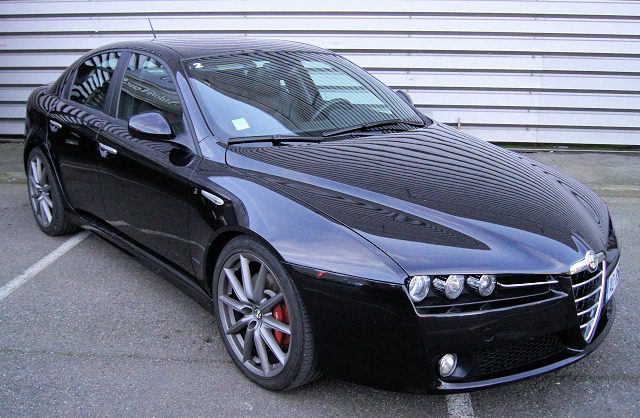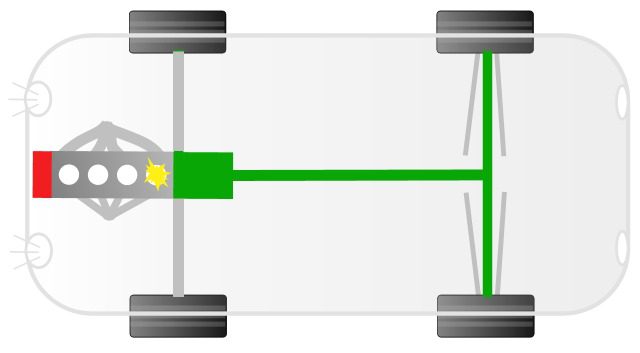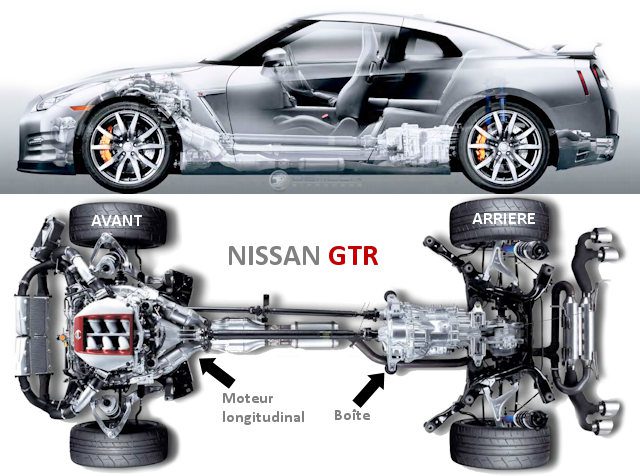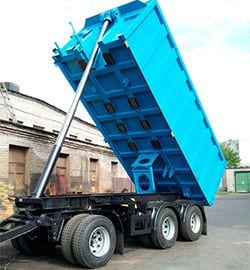
Longitudinal or transverse motor? Various positions
What is the difference between transverse and longitudinal engine configurations? Discover the impact of these two positions on the performance of your vehicle as well as on various engine / gearbox designs.
Transverse motor
Distribution is marked in red, while gearbox and other transmission elements (shafts, universal joints, etc.) are marked in green.
This is done in order to mount the engine across the vehicle, that is, the cylinder line is perpendicular to the length of the vehicle. The box and distribution are on the sides.
Let's be clear that this is the most common device in the French market due to its many advantages:
- This arrangement frees up more space, which makes the vehicle more comfortable. Moreover, on small models, where every centimeter counts.
- The length of the cover can be significantly reduced by saving space.
- Growth is also economical
More and more premium cars are using this process for reasons of cost and practicality at the expense of prestige ... We can cite, for example, the BMW 2 Series Active Tourer or the Mercedes A / CLA / GLA class. Cars have traction for the most part, even if that doesn't interfere with the 4X4 as well, by adding a transmission that sends power to the rear.

This 159 is a transverse thrust engine that is still far from the prestige of a Series 3 (or C-class) longitudinal engine.
Longitudinal motor

In 4X2
I have modeled the XNUMXWD version here (green drivetrain). But, as a rule, only the rear wheels are driven with this arrangement (diagram below). Note that the giveaway (highlighted in red) is perfect for a mechanic!


To further improve weight distribution, the engineers placed the gearbox at the rear of the GTR.
Note that the Ferrari FF uses a very original process as it has two gearboxes for all-wheel drive! A small one at the front at the exit from the engine (here in front in the longitudinal position) and another (main) at the rear
It is synonymous with luxury, the principle of installing the engine along the length of the car, that is, in parallel.
This configuration has many advantages:
- Better weight distribution of the engine when mounted longitudinally. Thus, the mass of the latter is distributed slightly better on the front and rear axles, which allows for vehicles that are better balanced and therefore more efficient.
- This system is ideal for a rear wheel drive vehicle. It is also the famous transmission tunnel (which mostly bothers so many people behind the Germans), which betrays the presence of a transmission shaft. Note also that the power plant allows the installation of very powerful engines, the thrust of which saturates rather quickly at the thrust level when the engine is "too alive".
- Enough space for the gearbox, allowing a large caliber to be used.
- A few more convenient tasks like changing the distribution. The latter is more accessible because it is directly opposite and usually has more room to work.
This architecture clearly supports movement oriented assembly (rear wheels) because the box moves towards the rear wheels. That said, it doesn't get in the way of providing traction, as the Audi A4 with such an architecture proves, but with front-wheel drive (except, obviously, the Quattro).

A4 is original in that it combines a longitudinal engine and traction.

The 4 Series Grand Coupe (like the vast majority of BMWs) is rear-wheel drive with a longitudinal engine. Architecture found on luxury cars.

